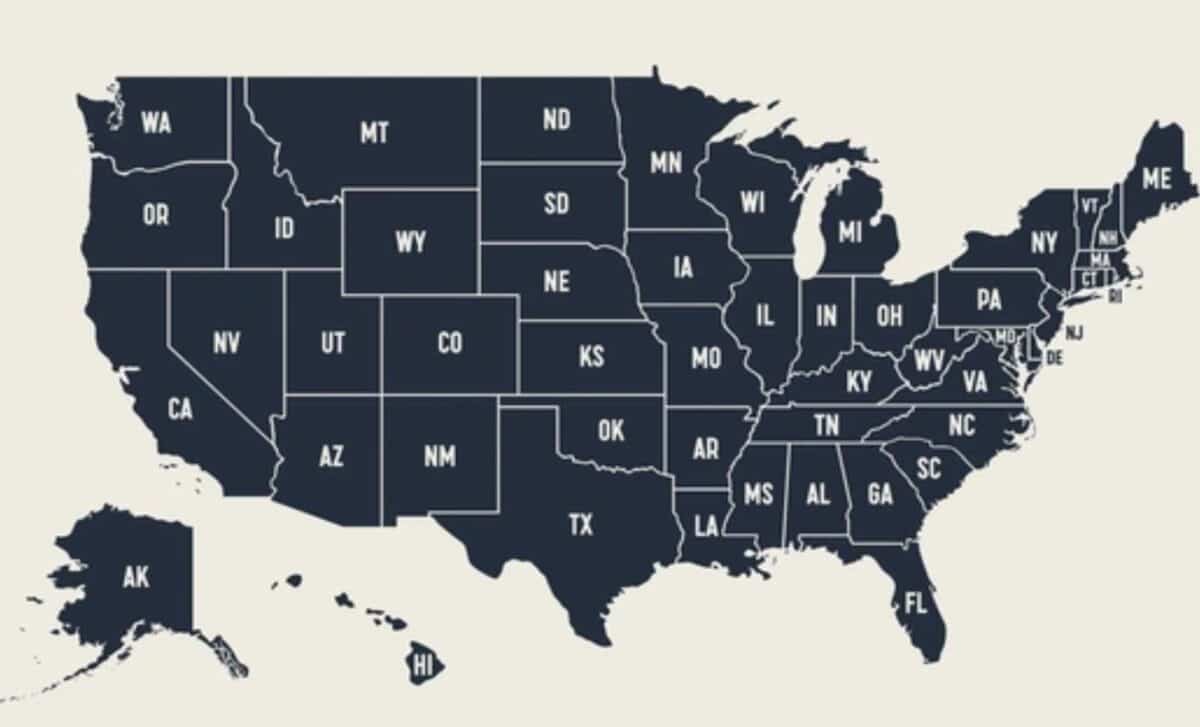Home prices are showing signs of cooling across the United States, with many regions seeing drops as more homes are listed for sale. While the national housing market is easing, the situation remains highly varied across different areas, with price fluctuations heavily influenced by local supply and demand dynamics.
In some cities, prices have even begun to fall, providing a brief respite for homebuyers who had previously faced an overheated market.This shift signals a potential turning point for the housing market, which has experienced dramatic price surges over the past few years.
Nationally, home values increased by only 2.7% in the last year, down from more than 6% in 2024, according to data from the mortgage technology division of Intercontinental Exchange (ICE).
While this may offer some relief to buyers, prices still remain significantly higher than pre-pandemic levels, having surged by nearly 60% since 2019. Despite these changes, housing affordability continues to be a pressing issue for many Americans.
Regional Variations: The Sun Belt and Beyond
One of the most notable trends is the regional disparity in housing prices. In some parts of the U.S., particularly in the Sun Belt, home values have decreased as the influx of new residents slows down and housing supply increases. Florida, for instance, has experienced sharp drops in home prices, especially in coastal areas.
According to local real estate professionals, demand has cooled following a surge in recent years when the state attracted many remote workers seeking more affordable living options. Now, factors such as heightened flood risks, rising interest rates, and the aftermath of hurricanes are influencing homebuyer decisions, leading to a more cautious market.
In Lee County, Florida, for example, the average single-family home is now valued at $412,000, down by 6% from the previous year. This shift contrasts with earlier trends when Florida was one of the nation’s hottest housing markets.
Similarly, cities in Texas, including Austin, Dallas, and Houston, have seen price declines due to an increase in housing supply and a softening of buyer demand. Experts attribute this to a construction boom in the region, which has resulted in more homes being available for sale, easing some of the pressure on prices.
Continued Strain in the Northeast and Midwest
Despite cooling in certain regions, areas in the Northeast and Midwest are still experiencing intense competition in the housing market. The limited availability of homes for sale continues to drive prices upward in these areas.
In Upstate New York, for instance, homes are selling well above asking prices, as inventory remains scarce and demand continues to outstrip supply. In Albany, homes priced around $450,000 are often selling for up to $60,000 more than the listed price, according to local real estate experts.
For many buyers in these regions, finding an affordable home remains a challenge. Lawrence Yun, chief economist of the National Association of Realtors, explained that despite a desire to buy, many buyers are simply unable to meet the rising costs of housing.
Although the national market is cooling off, these persistent issues highlight the uneven recovery across the U.S., where some areas remain locked in a high-price, low-inventory environment.









